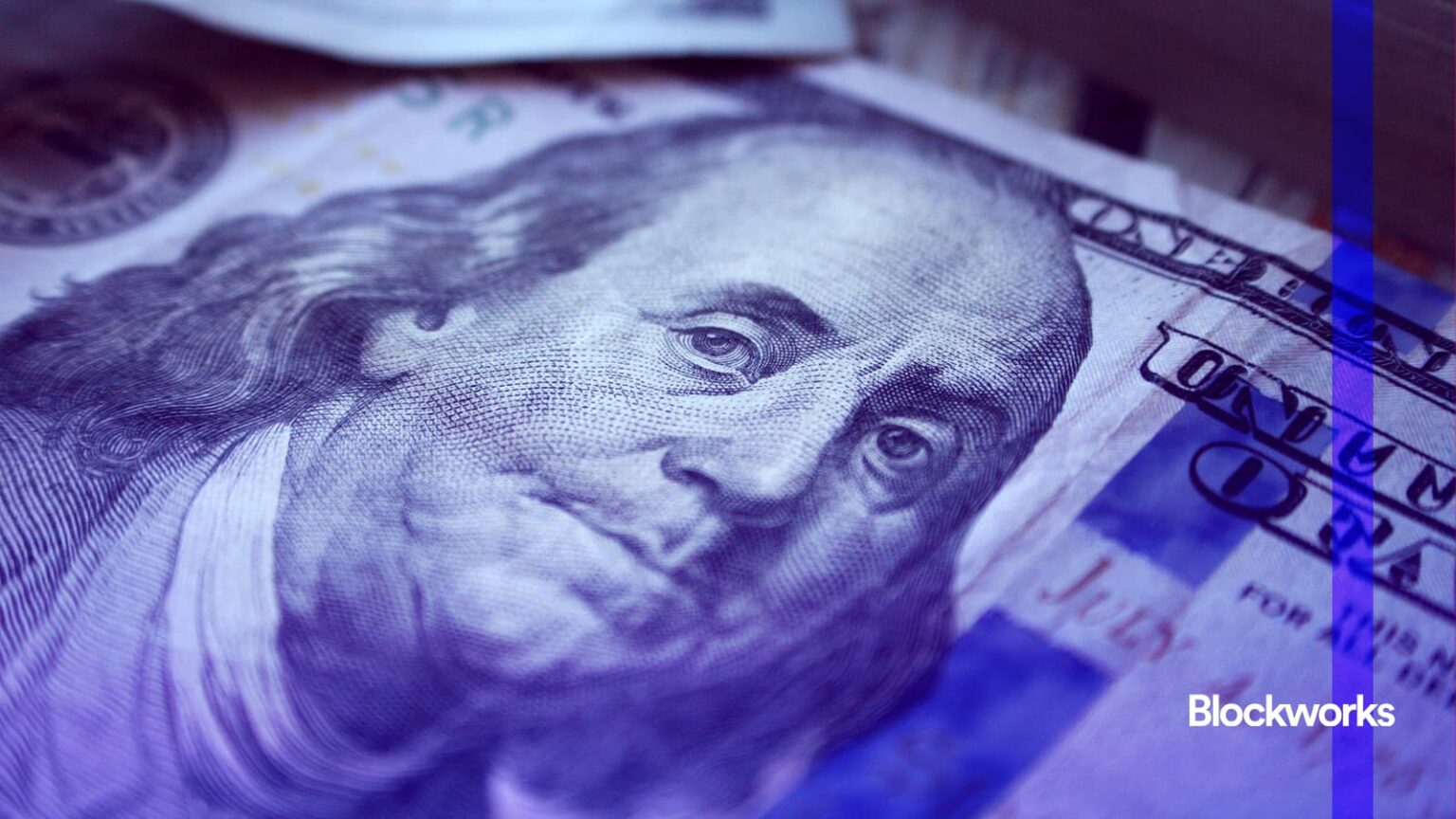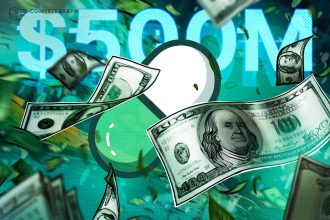Inflation Remains Tame Despite Tariffs: Analysis Suggests Lag Before Potential Impact
April’s Consumer Price Index (CPI), cited at a monthly increase of 0.2% and a yearly rate of 2.3%, marked the lowest annual inflation rate in more than four years. Core CPI, which excludes food and fuel, also increased nominally by 0.2% annually. Presenting evidence that consumer inflation has remained relatively contained.
This outcome, encountered amidst new tariff policies, stems primarily from a historical delay between tariff implementation and its manifestation on the Consumer Price Index (CPI). Illustrating this point, the May 2019 CPI report indicated only a marginal 0.1% month-over-month increase, slightly lower than the preceding figure. However, the subsequent June 2019 core CPI saw a more significant 0.3% monthly rise. Used car and truck prices, often reflective of tariff influence, climbed by 1.6% that month.
A key contributing factor is the anticipatory action by businesses, who reportedly expanded inventories in the recent months leading up to tariff increases. This strategy may postpone the final burden of increased costs onto consumers, potentially extending a period of price stability.
Furthermore, a decline in consumer confidence and connected dip in retail spending likely suppressed demand, consequently exerting downward pressure on prices.
Market interpretations of these figures align with expectations that the Federal Reserve will maintain current interest rates at its upcoming June meeting.












